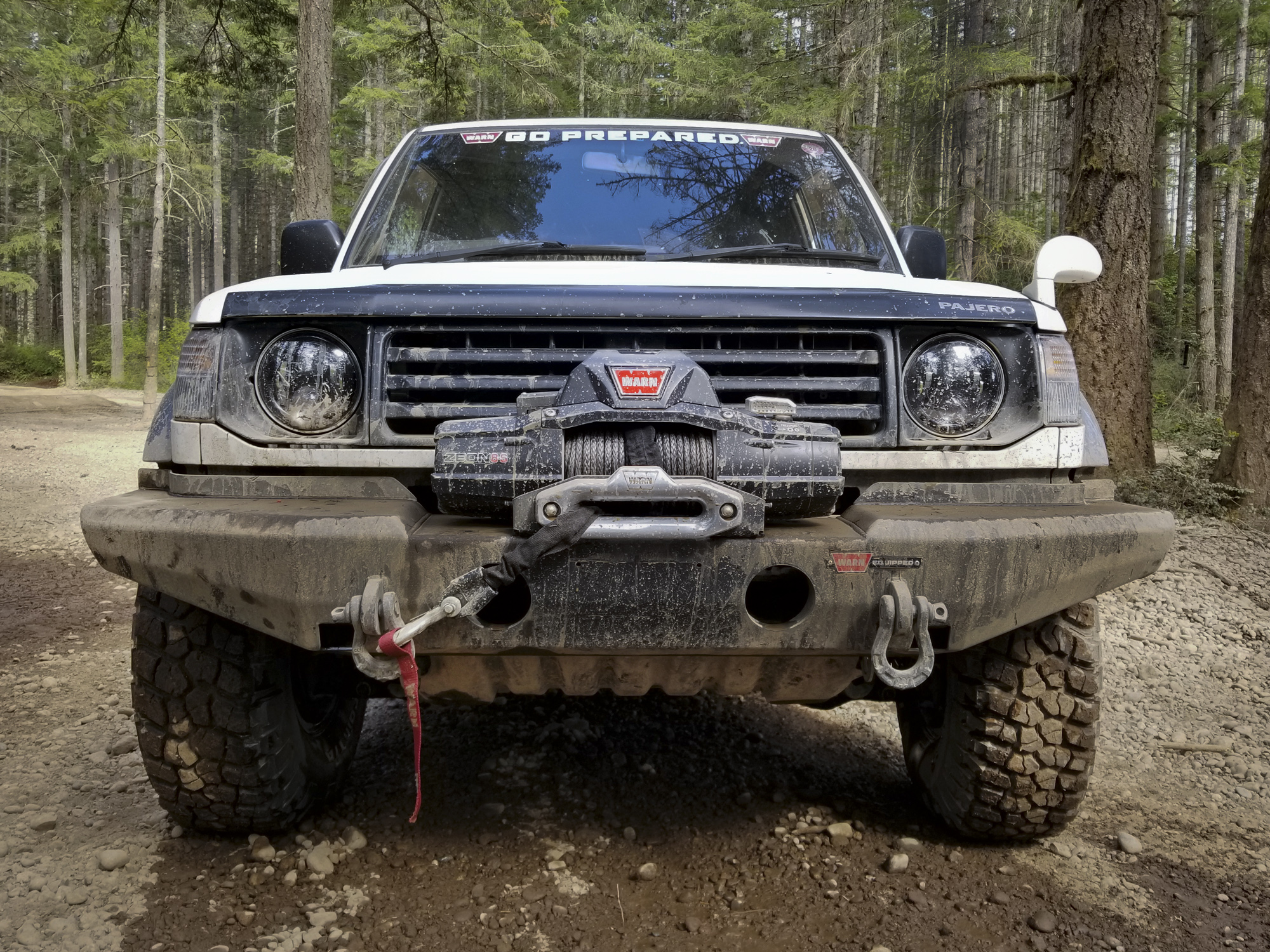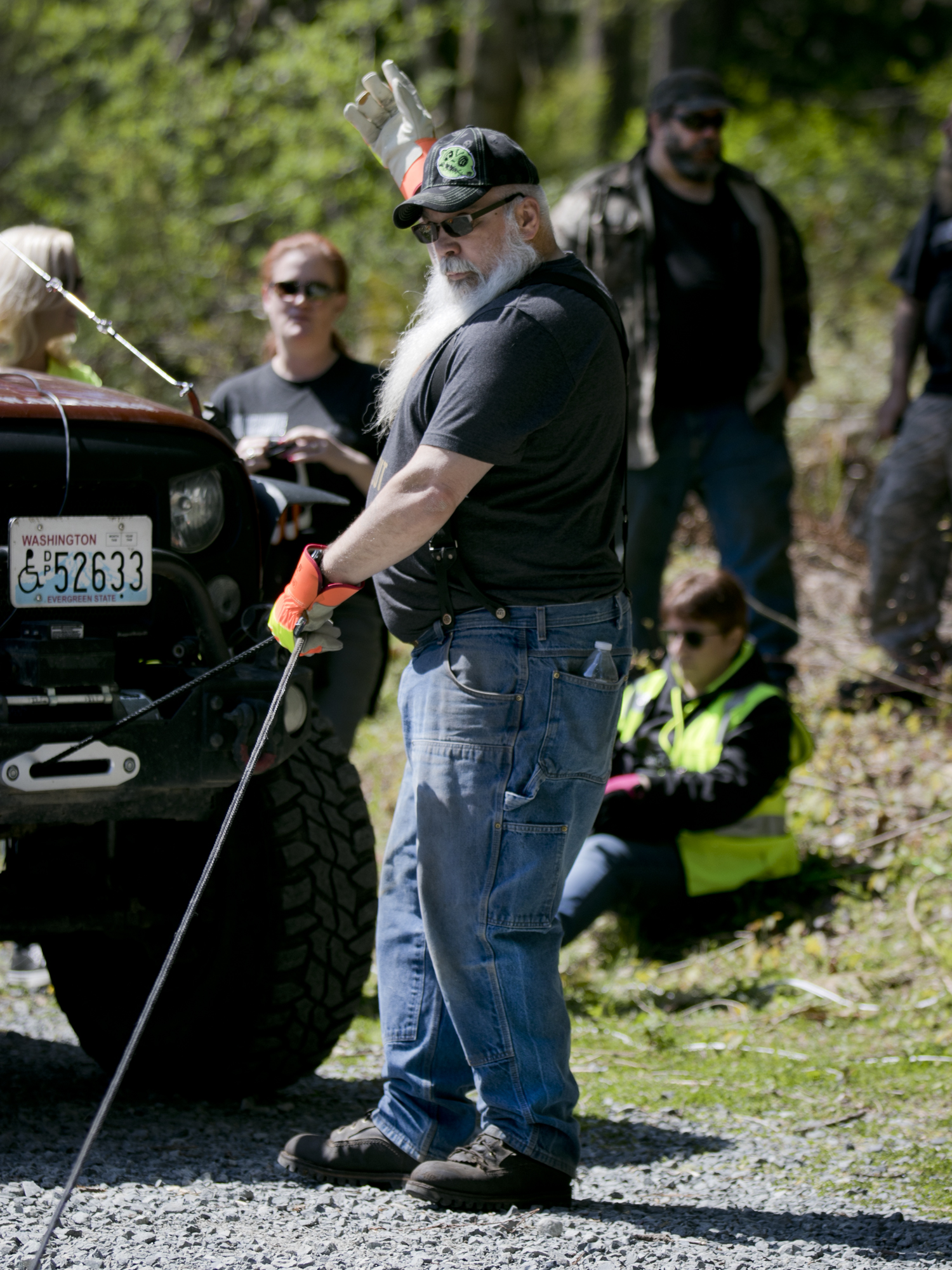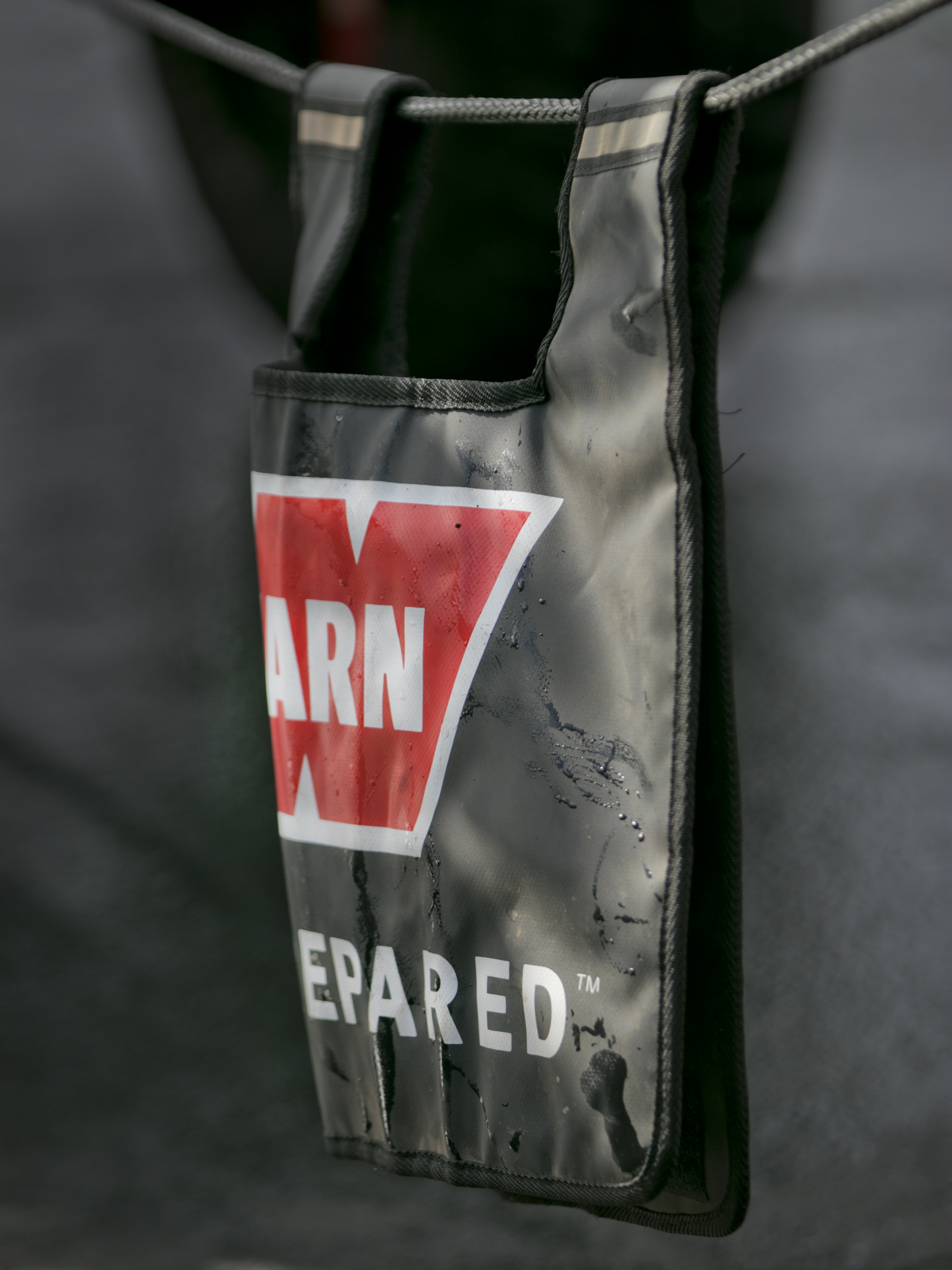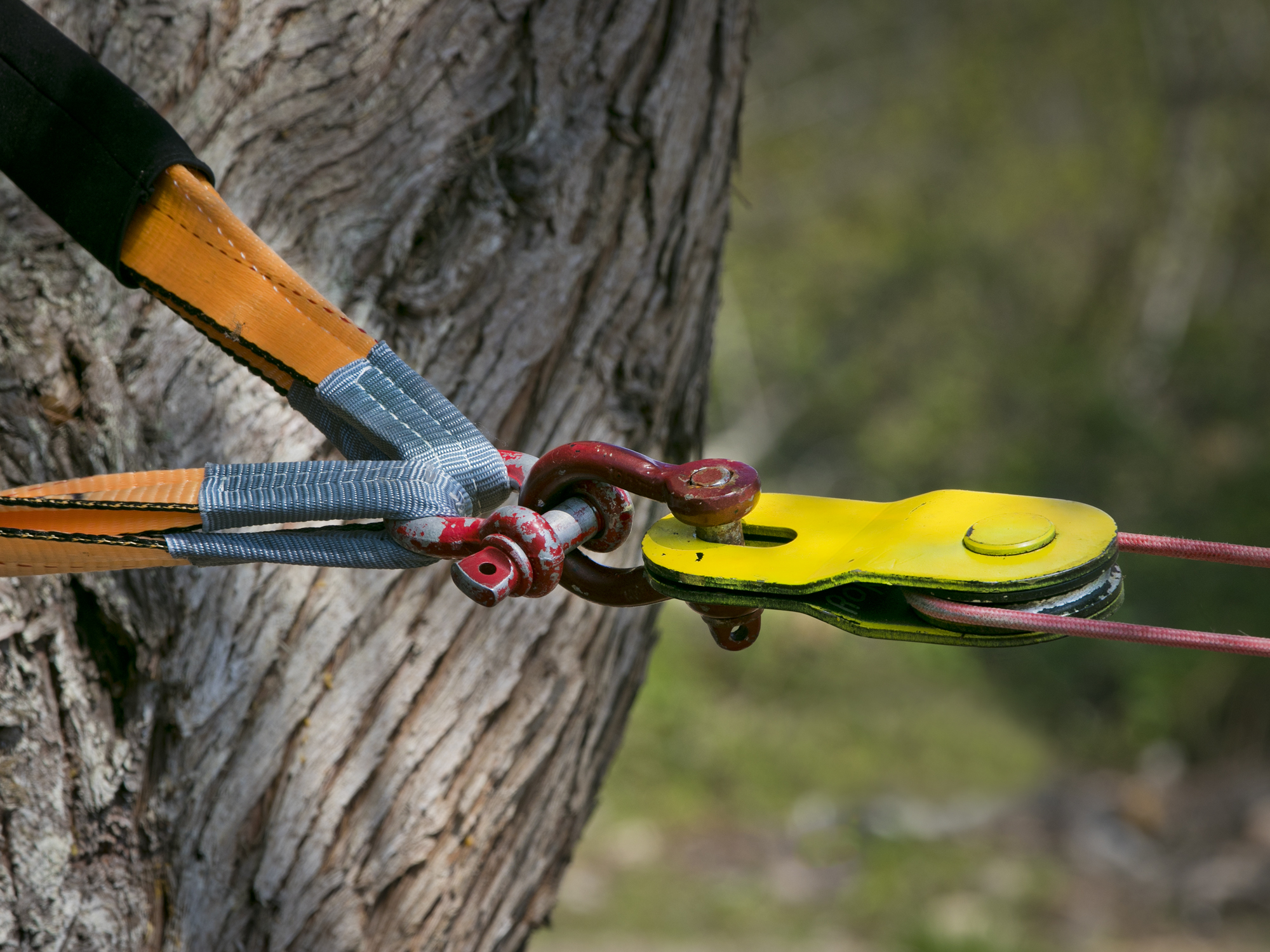There are a lot of misconceptions when it comes to winching. What should you do and what is considered best practice? What are the don’ts or things that can get you into trouble? I sat down with Warn Industries’ Strategic Communications Manager Andy Lilienthal, also my husband, to go over the basics of winching.
Editor’s note: The photography provided is from a winching course and may not directly illustrate each do and don’t. We also encourage you to seek hands-on training from a reputable trainer to learn proper winching skills.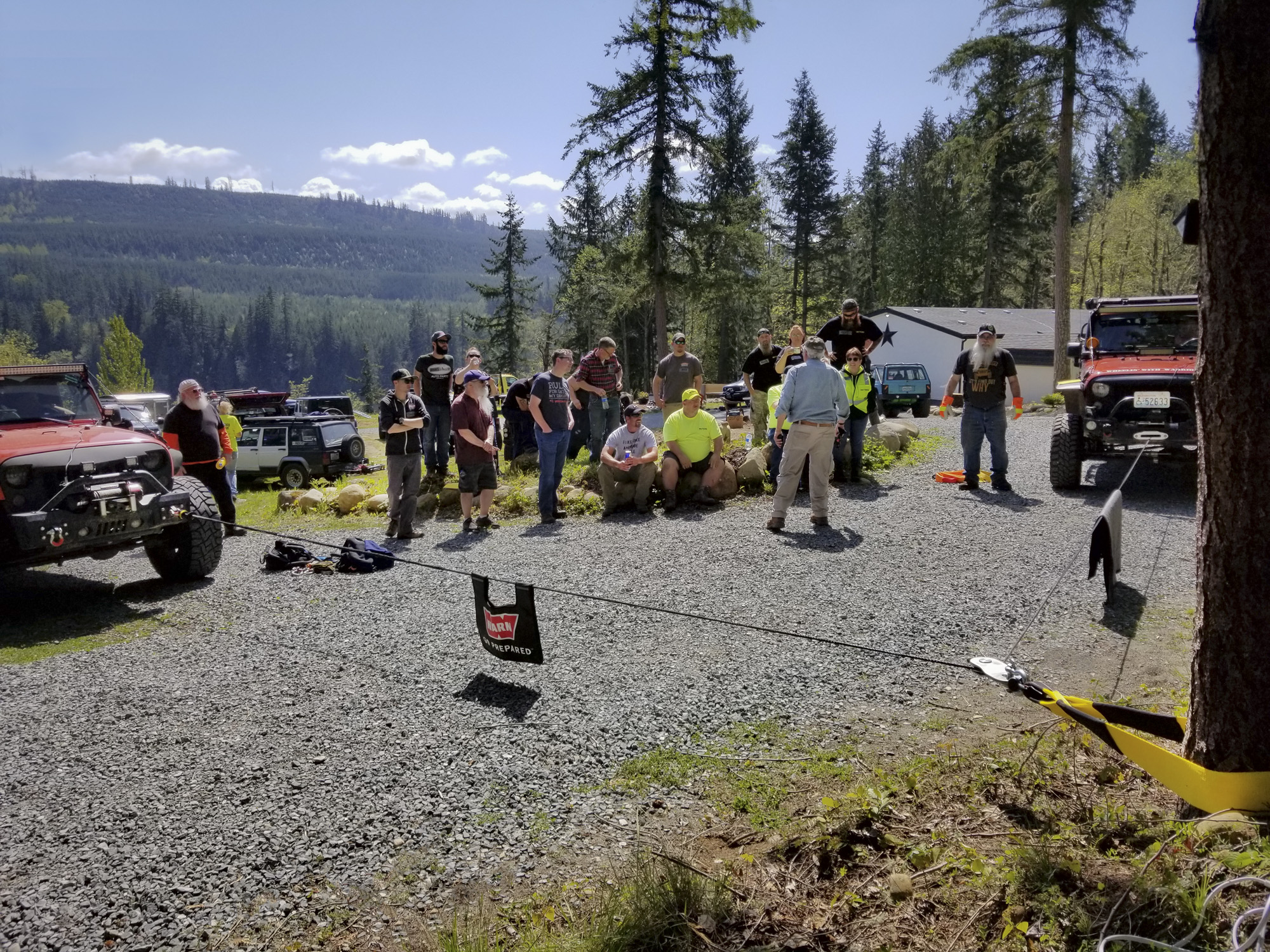
Do Stretch your winch line before its first use.
Before you use your winch for the first time, you’ll want to stretch the line, whether synthetic or wire rope. This is the practice of winding it under tension to get the rope snug on the drum and wound evenly. By doing this, you avoid having one layer of rope drop between other layers. If that does happen, it can crush the rope causing potential damage. Our YouTube channel has a video on how to properly stretch winch rope.
Don’t Double back on your winch line.
Don’t ever double the hook back to your winch line. Not using a tree strap and a shackle and running the hook back onto its own line can damage the line and cause a rope failure.
Do Securely mount a winch to your rig.
Ensure your winch mount is up to the force of the winch’s maximum pulling power. This means making sure to get a high-quality winch bumper or mount. Also, know your vehicle’s recovery points. There are often places on a vehicle that may look like a recovery point but are actually just a tie-down for transportation.
Don’t Use your winch in a careless manner.
Always be sure to follow safe winching practices. Warn Industries has long had its Basic Guide to Winching Techniques (pdf) which gives you all sorts of helpful tips and tricks to winching— from basic rigging and hand signals to multi-line pulls and maintenance tips.
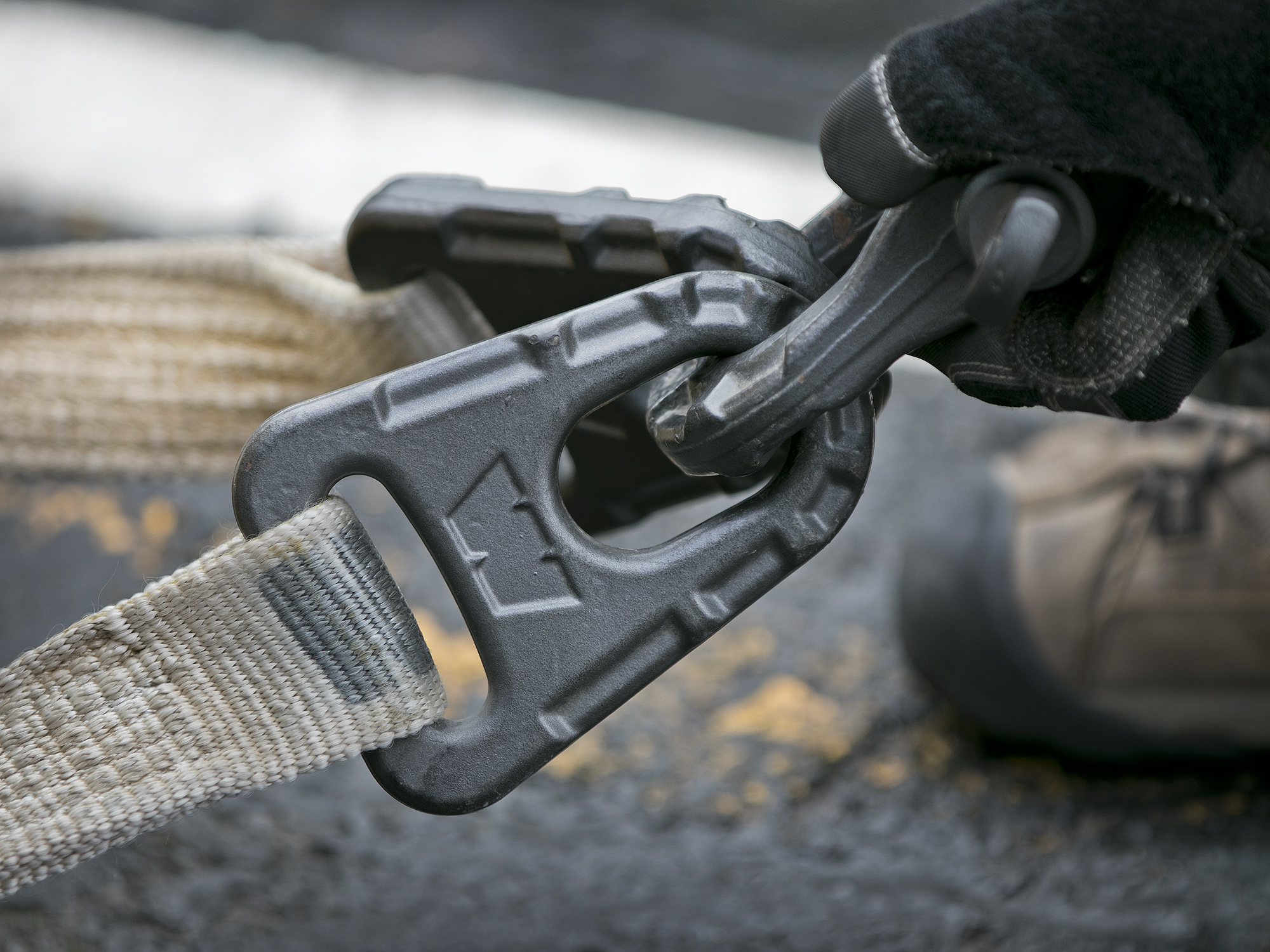
Do Pick the right winch for your 4×4.
Make sure you get the right capacity for your vehicle. To figure this out, take the gross vehicle weight rating (GVWR) and multiply it by 1.5. This will get you your minimum pulling capacity. Often, the GVWR can be found on the vehicle’s door jamb. And remember, GVWR is not what the vehicle weighs on a scale. It’s the total weight of the fully loaded vehicle as rated by the manufacturer.
Don’t Stand in harm’s way.
Instead, always be aware of where the danger zone is in a winching situation. Think about the worst-case scenario, and how you can mitigate any potential failures.
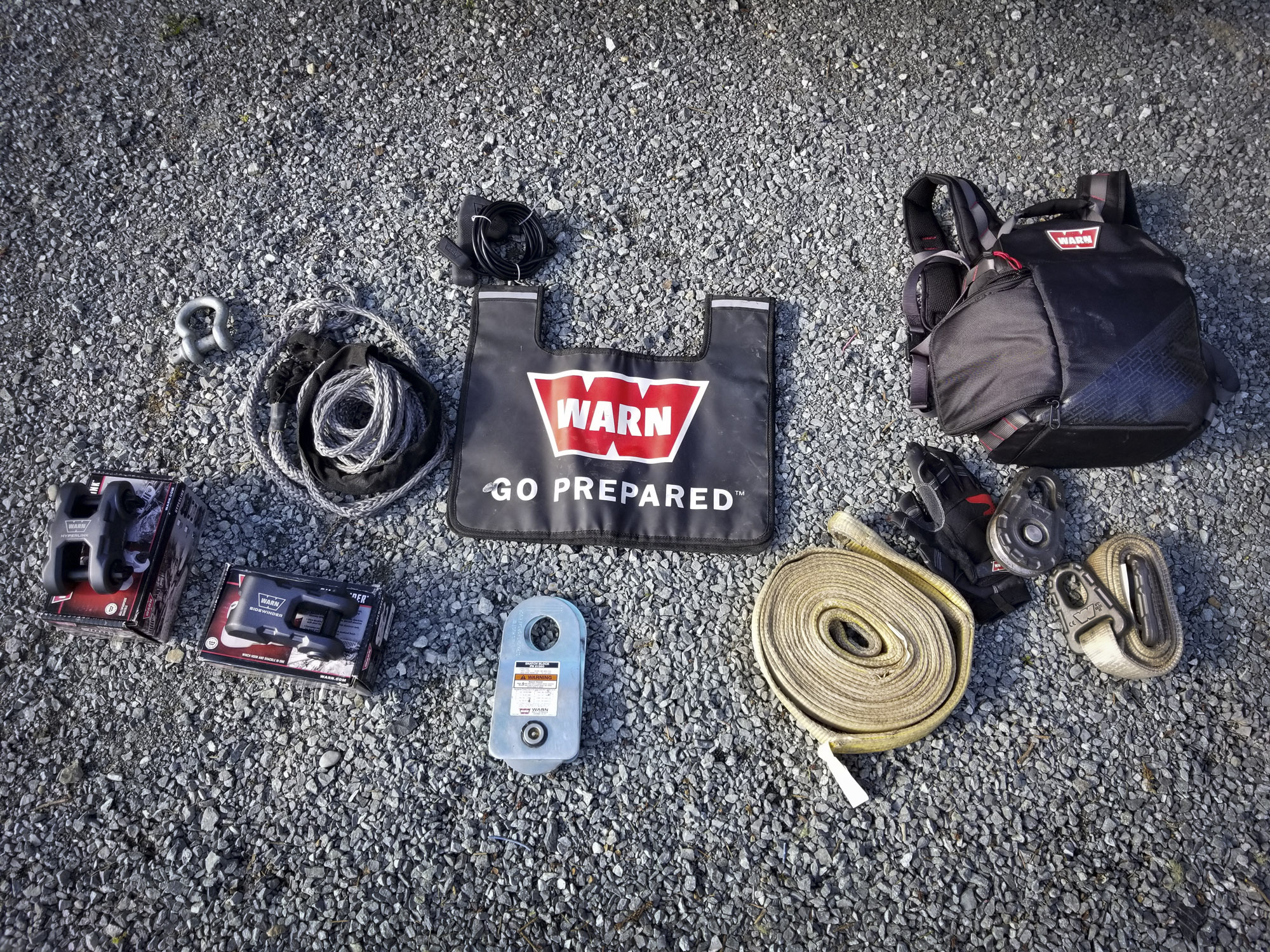
Do Have the right accessories.
Always have the tools to help you recover yourself or other people. I recommend people carry at least two shackles, a snatch block, a tree trunk protector, recovery strap, and a good set of durable gloves. Also, carrying a line damper or something heavy like a backpack or thick blanket to throw over your line when winching is key.
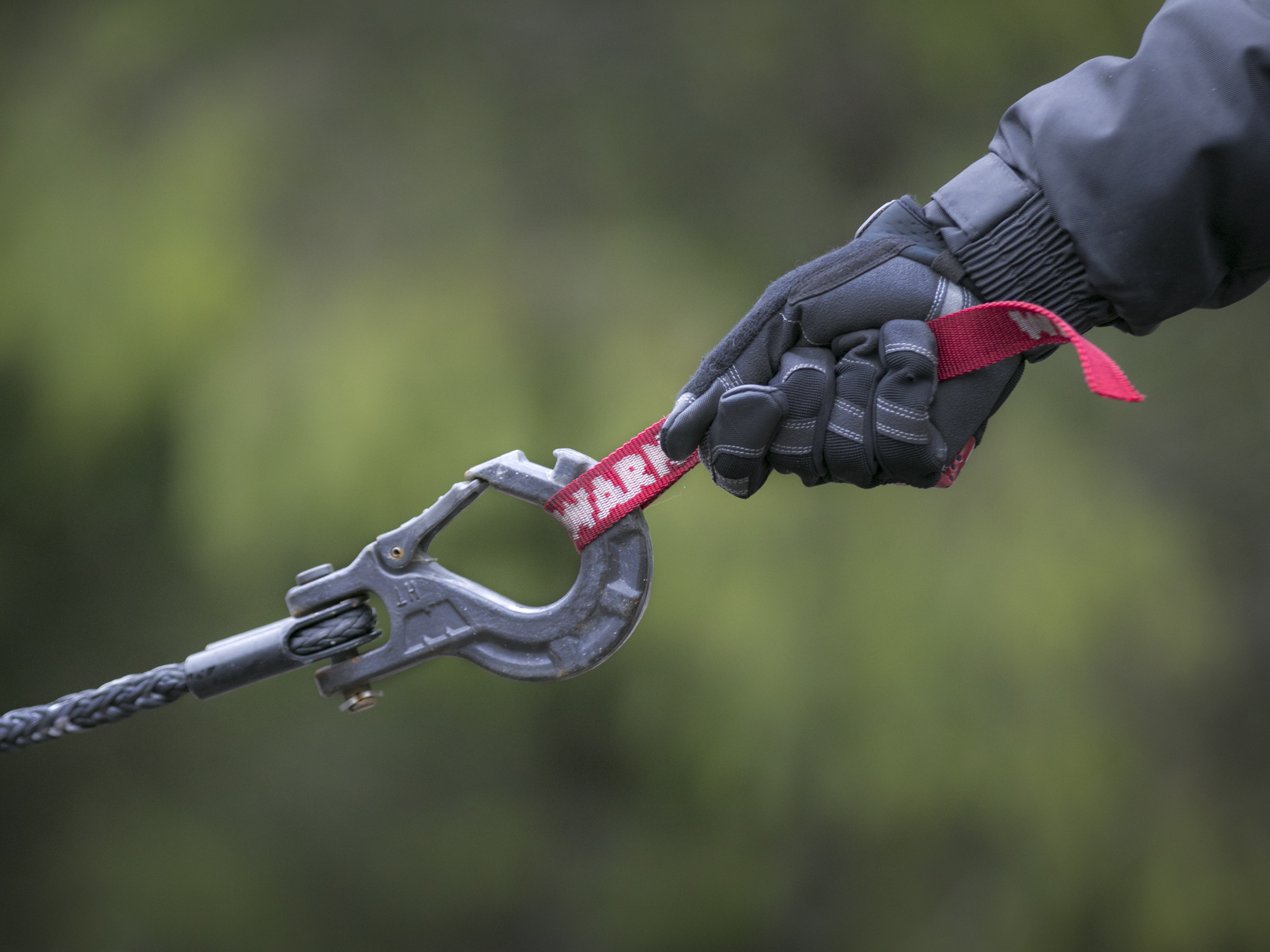
Do Wear gloves.
Whether you’re using wire or synthetic rope, always wear gloves. While synthetic rope won’t develop barbs as steel rope will, it can still pick up debris, such as sticks, burrs, or even glass. Also, ever had rope burn? Gloves will help reduce injury, even with synthetic rope.
Don’t Use your winch improperly.
While winching may sound like a daunting task, it’s quite simple. However, when you’re stuck (or another person is stuck), it can often lead people to panic or go too quickly.
There are two things I always tell people:
- Be familiar with your winch.
- Slow down when winching.
I cannot tell you how many people I meet at events that tell me they have a winch but hope they never have to use it. I always tell them to be sure they do know how to use it before they actually need it. Take the winch out, practice with it, play around with it so you’re familiar with its operation and how to do basic rigging.
Do Slow down.
Yes, your adrenaline might be pumping when you’re blocking the trail, or you’re stuck in the mud, or hanging on the edge of a cliff. But, slow down. Think the recovery through, and always use the safest techniques possible. While most of it is basic physics, going too quickly can cause you to make silly mistakes that could damage your rig or even worse, a person. Slow down, and think straight.
Don’t Forget to maintain your winch.
For the most part, our winches are maintenance-free. There are a few things you can do to ensure a long life for a winch, however, no matter whose winch you end up buying. For instance, if you don’t use the winch too often, make sure to free spool the winch line out a few times a year, then power it in under a slight load (e.g., restretch the line). This will provide lubrication to recoat the gears and keep everything moving smoothly. It also helps dissipate moisture that may build up with inactivity.
Do Inspect your winch line.
Regularly inspect your winch’s line. Whether steel or synthetic rope, be sure to check it for kinks, slices, or other weaknesses. Never use a compromised line! If you find the rope to be damaged, get a new one. Also, if you’ve got a synthetic rope, wash it out every so often, especially if it’s gotten muddy or very dirty. Grit can get between the fibers on synthetic line and degrade the product from the inside out. Get a pail with some water and mild soap, such as dishwashing liquid. Manually dunk the line, starting at one end, and push the fibers together like the old-fashioned finger-trap toys. This will help to release grit and increase the line’s service life.
Following these tips will allow the opportunity for safer and successful winching. Completing proper winch prep, along with regular maintenance and inspection, will help ensure your winch is ready to go whenever you need it to be.


